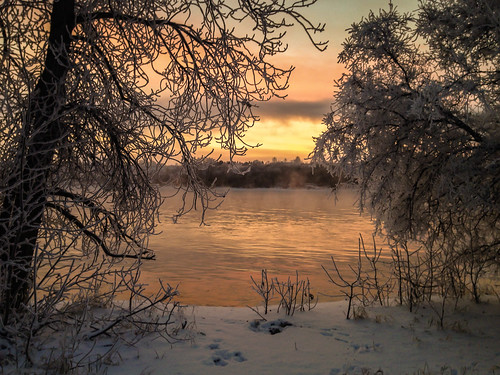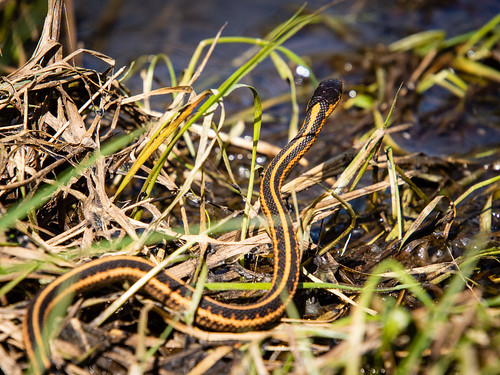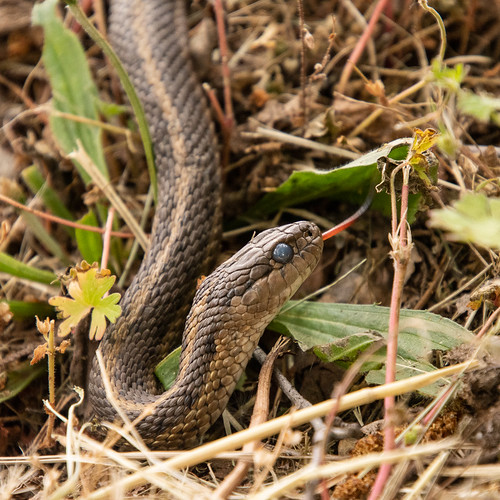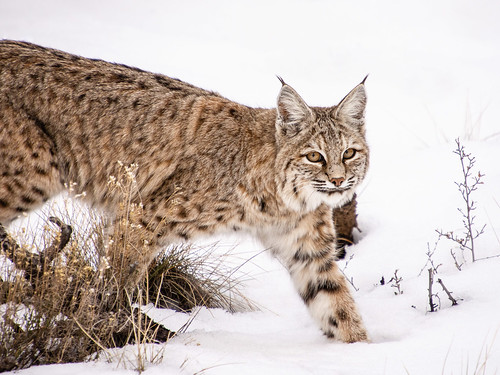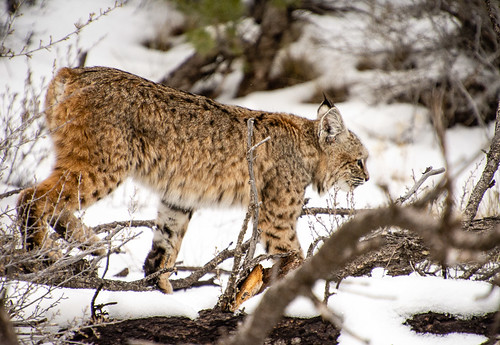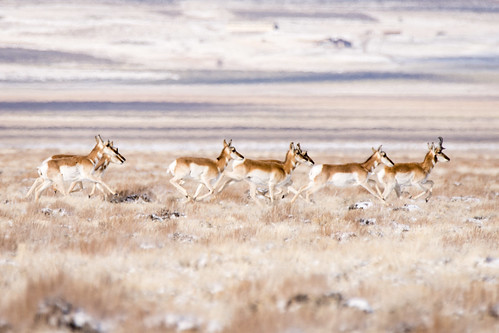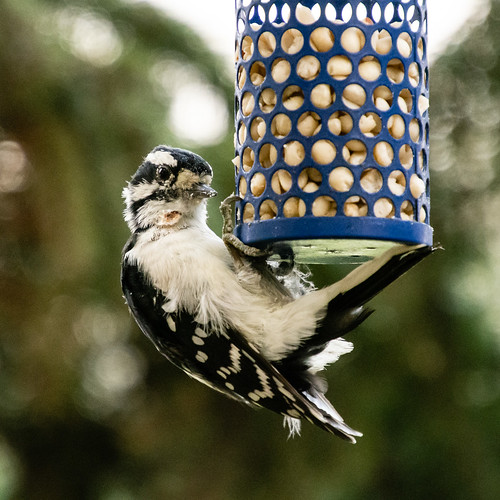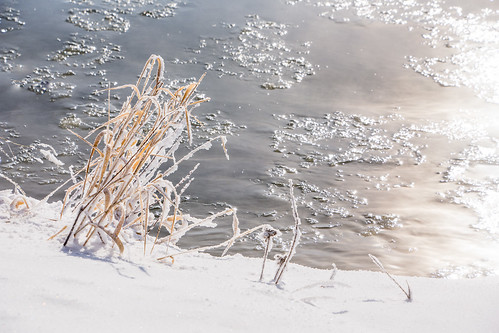“A report came out recently saying we had only 12 years to make serious reductions in greenhouse gas emissions. That was a wake-up call for me,” says Shanon Zachidniak, Regina, Saskatchewan. “There had to be something more I could be doing.”
Shanon Zachidniak has a Master’s degree in Environmental Studies and has cared about the environment for as long as she can remember. In response to the report, Shanon posted on Facebook, inviting friends to get together to discuss climate change and see what could be done about it. “I thought we’d feel less isolated if we could discuss it as a group,” she says.
The response was far greater than expected, extending well beyond her group of friends, so Shanon moved the meeting to a public location. The group, now known as EnviroCollective, has continued on from there and celebrated its first-year anniversary at the end of November.
EnviroCollective is very much a grassroots initiative; nobody owns it. Participants are encouraged to propose initiatives and, if there’s enough interest and enough people who want to be involved, it ends up happening. The group has prioritized partnering with and maintaining good relationships with other environmental organizations. “We want to fill the gaps, not step on anyone’s toes,” Shanon explains.
“We are about connections, efficiencies. There is a role to play in helping connect groups, people, and resources. Funding dollars ask for more to be done with less, even though climate change is an actual existential threat. We need all-hands-on-deck, uniting behind the science,” offers Maureen Huot, a founding member.
One of the group’s first actions was to provide support for the intervenors in the carbon tax court case. EnviroCollective hosted a press conference for those intervening on behalf of the federal government and provided a space where intervenors could relax, conduct media interviews, network with each other, and watch a live stream of the court case. The space drew local activists as well as curious observers. Lasting connections were made as groups displayed banners, distributed information, and requested signatures on petitions. EnviroCollective was able to provide lunch and other refreshments each day thanks to local businesses and friends.
EnviroCollective was active in organizing the first student climate strikes in Regina. As an “adult ally” in a youth-led movement, they have helped the students take on the leadership role and EnviroCollective has stepped back, providing support as needed.
Mother Earth Justice Advocates (MEJA) is a local Indigenous-led group focusing on climate change and environmental initiatives through an Indigenous lens. EnviroCollective partnered with them to organize a book launch earlier this year and they have plans for several more joint activities. The partnership works well as the groups share a common belief in checking your ego at the door.
Partnership is a guiding principle for all EnviroCollective activities. When asked to speak to a high school class about climate change, EnviroCollective invited MEJA and Fridays for Future to join them. “There was nice representation from a variety of folks and perspectives and a good age range,” Shanon says. Some of the students attended the next event, a Youth Community Forum on Regina’s Energy Future, on November 30.
The Youth Community Forum was organized by EnviroCollective, Charged Up (David Suzuki Foundation), the Regina Public Interest Research Group ( RPIRG), and MEJA. Youth under 30 were invited to explore local actions on climate change in light of Regina City Council’s resolution to be 100% renewable by 2050. The crucial conversations that emerged from this event will be shared with City councillors and staff to help move forward with climate action. “We’re trying to build on the energy and the momentum from the global climate strikes and discuss some tangible actions people can be involved in here in Regina,” Shanon says.
EnviroCollective has also been approached by the Canadian Environmental Network (CEN) and Climate Reality, an international organization. CEN would like to reestablish an affiliate network in Saskatchewan, a role formerly filled by the Saskatchewan Eco Network, and Climate Reality has an opportunity for the group to be a hub for Regina.
The collective looks forward to further partnerships and is interested in playing a networking role with other organizations by giving them a platform to talk about what they’re involved in.
EnviroCollective is in the process of incorporating and has recently put in place a steering committee. Joining Shanon and Maureen are journalist Paul Dechene, former city councillor Rob Deglau, and lawyer Larry Kowalchuck. Shanon says future directions will depend on who’s involved, and EnviroCollective encourages anyone who is interested to get in touch.
“We welcome input from anyone interested,” Shanon says. “Come out and let your voice be heard.”
You can contact Regina’s EnviroCollective on their Facebook page or by emailing envirocollective2018@gmail.com



